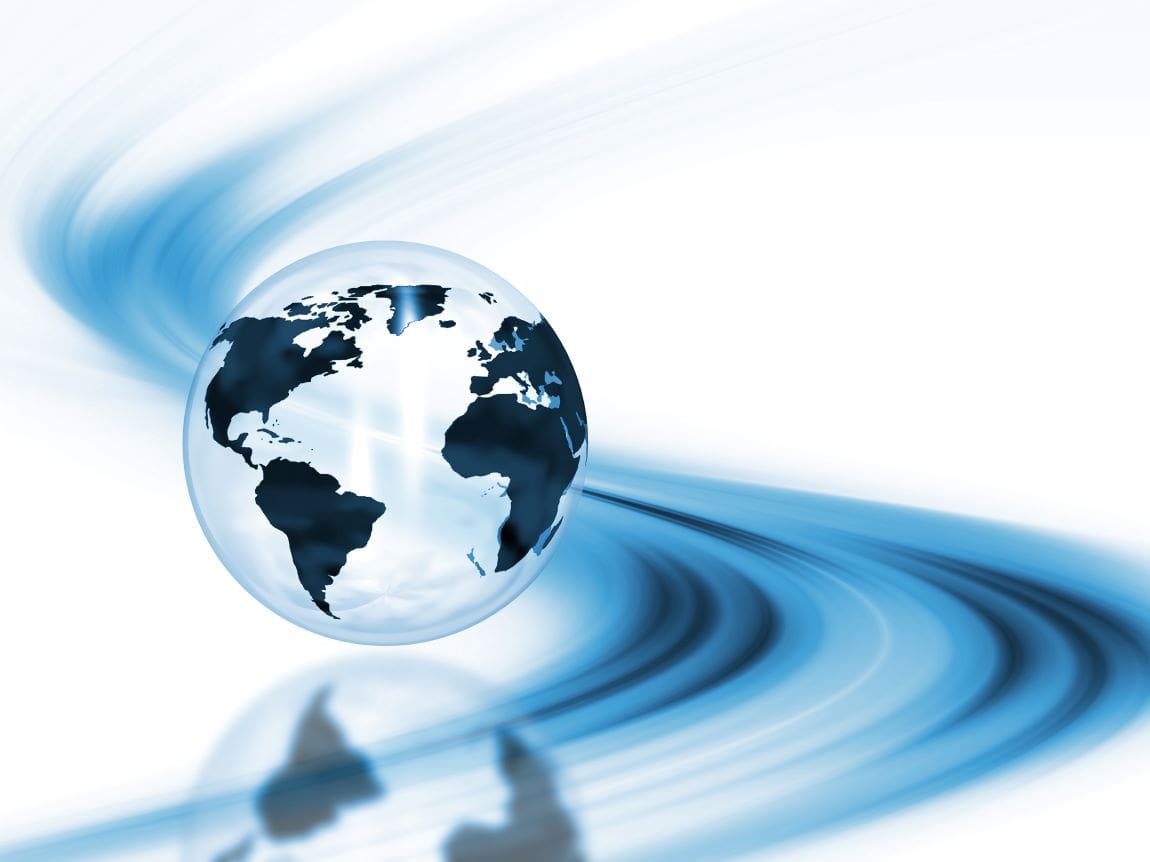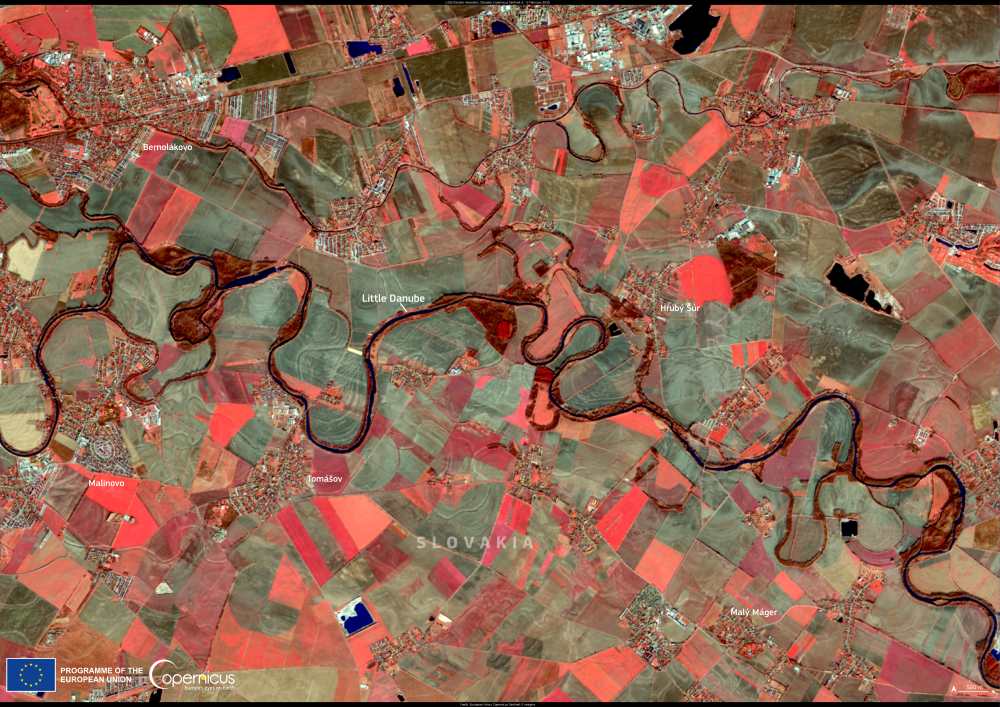Kathmandu, Nepal | AFP
Flash floods that killed at least nine people in a mountainous region between China and Nepal and swept away a key bridge linking the two countries, were caused by the release of water from a glacial lake, experts said Wednesday.
About 30 people are still missing after Tuesday’s floods, including 19 people in Nepal and 11 in China, according to officials and media reports.
“Our initial assessment shows that the origin of the flood was the draining of a supraglacial lake located on the north side of the Langtang mountain,” geologist Sudan Bikash Maharjan of the Nepal-based International Centre for Integrated Mountain Development (ICIMOD) told AFP.
Supraglacial lakes are formed on the surface of glaciers, often beginning as small meltwater ponds that gradually expand to form larger lakes.
The lake in question used to be a small pond, but it grew significantly in size over the past month, ICIMOD said in a statement Wednesday, citing satellite photos.
In Nepal, nine bodies have been recovered and 19 others — 13 Nepalis and six Chinese — are listed as missing, according to police.
China’s state television CCTV reported that a “mudslide disaster” hit the border area around dawn Tuesday, with 11 people missing on the Chinese side.
‘Completely unprecedented’
In the 2000s, glacial origin floods in the Hindu Kush Himalaya region typically occurred every five to ten years, according to ICIMOD, but they have become notably more frequent in recent years.
A glacial lake outburst flood (GLOF) is the sudden release of water collected in former glacier beds.
These lakes are formed by the retreat of glaciers, with the warmer temperatures of human-caused climate change turbocharging the melting of the icy reservoirs.
Glacial lakes are often unstable because they are dammed by ice or loose debris.
In the last two months, Nepal, Afghanistan and Pakistan have all seen glacial origin floods.
In addition to the border disaster on Tuesday, Nepal’s Upper Mustang region was also hit by a flood.
“The acceleration of these types of events is completely unprecedented in the region. We need to delve deeper into the triggers that are resulting in cascading impacts,” said Saswata Sanyal, ICIMOD Disaster Risk Reduction lead.
Experts predict that the risk of glacial lake outburst floods is expected to peak this year, as rising temperatures create more lakes.
In 2020, more than 2,000 lakes were mapped across Nepal by ICIMOD, with 21 identified as potentially dangerous for their size and other criteria.
But recent floods have been caused by smaller, lesser noticed lakes.
“These events are signals and symptoms of really rising temperatures, and are more destructive than normal floods due to the debris and steep topography,” said Sharad Prashad Joshi, a cryosphere monitoring specialist at ICIMOD.
pm/md
© Agence France-Presse
Article Source:
Press Release/Material by AFP
Featured image credit: kjpargeter | Freepik




